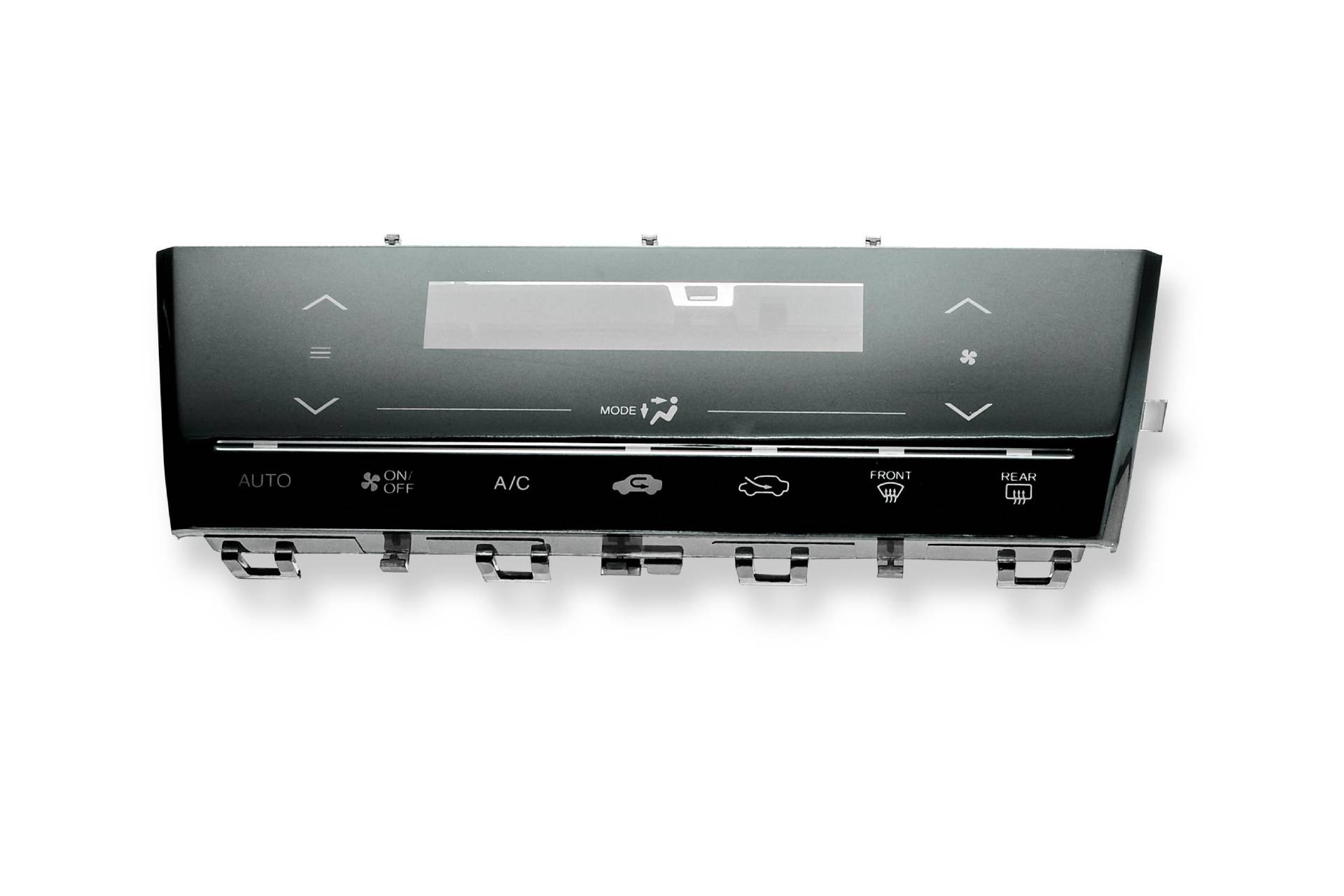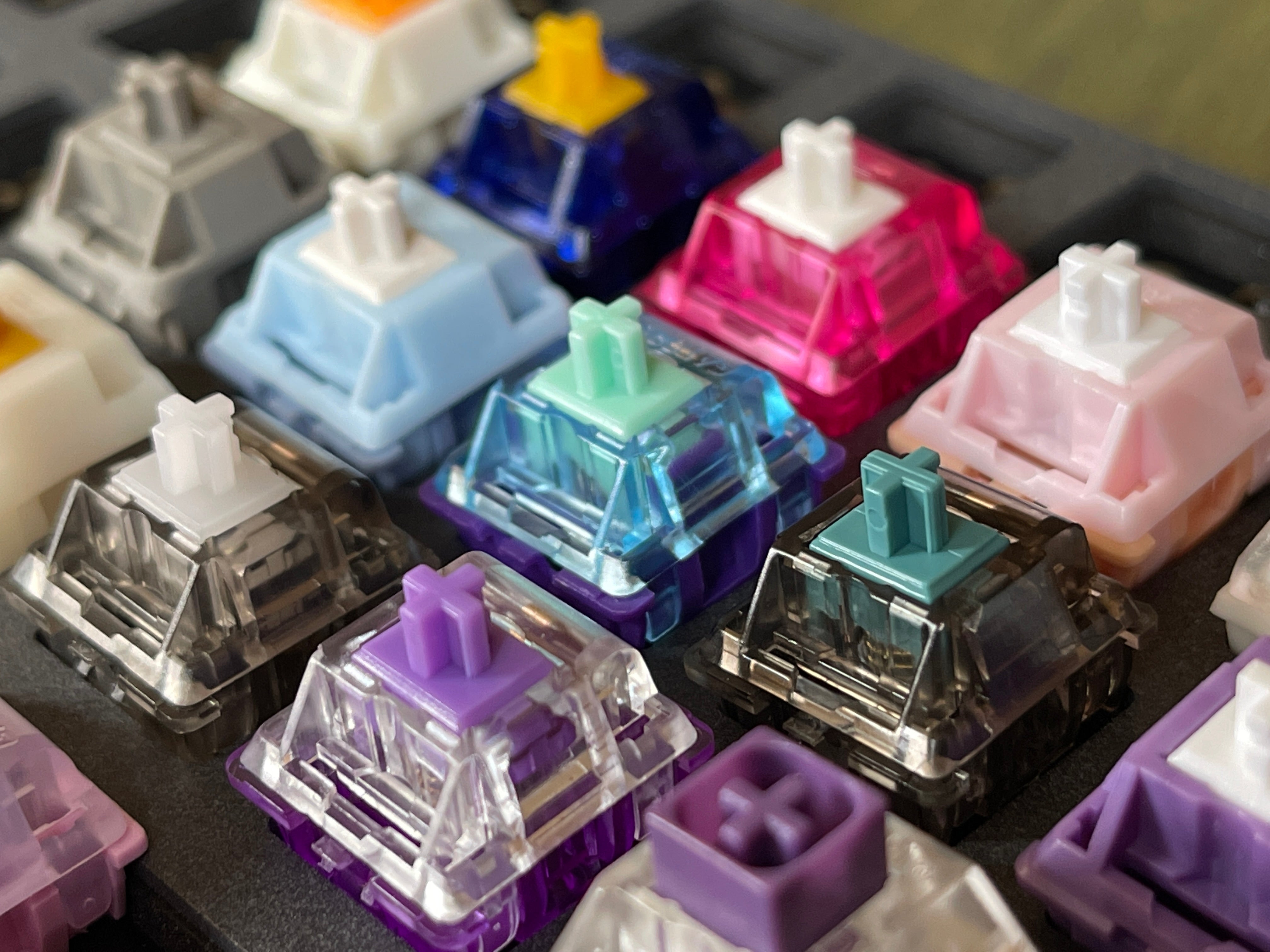Test different tactile switches to find the ideal keystroke feedback for you.
Checking Out the Advantages of Tactile Changes for Your Following Project
Responsive switches, characterized by their obvious comments, are crucial for boosting individual communications in modern technology. As industries increasingly prioritize easy to use user interfaces, the adoption of tactile switches throughout numerous industries-- from consumer electronics to commercial equipment-- values consideration.

Recognizing Tactile Switches Over: Just How They Function and Their Types

These switches are offered in numerous types, consisting of dome, leaf, and tablet. Dome switches over, which utilize a rubber dome to supply resistance, are preferred for their toughness and cost-effectiveness. Leaf buttons, on the other hand, feature a level, spring-like system that offers a sharper click. Pill switches are understood for their compact size and are commonly made use of in devices with area restrictions. Each type supplies distinctive tactical reactions tailored to specific application requirements and customer preferences.
The Function of Tactile Comments in Individual Experience
Customer experience is dramatically enhanced by responsive responses, which functions as an essential bridge between the gadget and its individual. This form of comments is vital in atmospheres where aesthetic or auditory cues may be less reliable or totally missing. Responsive buttons, by their very nature, supply a physical reaction to user actions, verifying inputs with a visible sensation. This not just enhances the precision of communications however also accelerates the customer's ability to finish tasks by lowering the need for aesthetic verification.
In you could look here the realm of ease of access, responsive feedback plays an essential duty. Hence, tactile responses is basic in making user-friendly and effective customer experiences (tactile switches).
Contrasting Tactile Switches With Other Types of Buttons
While responsive switches supply definitive feedback that helps in access and individual confidence, it is necessary to analyze just how they stack up versus various other kinds of switches made use of in digital devices. Direct buttons, for instance, supply a smooth keystroke without the tactile bump, which can be better for jobs requiring rapid vital presses, such as video gaming. They lack the unique responses that assists prevent keying errors apparent in tactile switches.
On the various other hand, clicky switches, comparable to responsive variants, use distinct responses. Comparatively, responsive switches strike a balance between the quiet procedure of linear switches and the loud assurance of clicky buttons, making them functional for both noisy and silent setups.
Practical Applications of Tactile Switches Over in Numerous Projects
Many contemporary electronics integrate responsive buttons due to their trusted responses and straightforward interface. Consumer electronic devices like keyboards, remote controls, and video gaming controllers employ responsive switches to enhance the customer experience by providing instantaneous tactile responses upon actuation.
In addition, responsive switches are located in different commercial applications. Medical go to this site devices also make use of tactile switches, adding to their safety and security and performance.
Tips for Choosing and Integrating Tactile Changes in Your Designs
When choosing tactile buttons for numerous style projects, it is important to think about several essential variables to ensure ideal performance and assimilation. First, examine the force required for actuation and the switch's life expectancy. Designers should match these specs with the application's needs to prevent premature failure or customer discomfort - tactile switches. Next off, consider the dimension and footprint of the button. Small styles might necessitate smaller switches, which can affect the responsive feedback and sturdiness.
For tasks revealed to wetness or dirt, selecting buttons with higher IP scores to withstand such elements is suggested. Using buttons with pre-soldered leads or those that provide clear soldering standards can streamline the assembly process, guaranteeing a trustworthy and effective integration into the final product.
Final Thought
